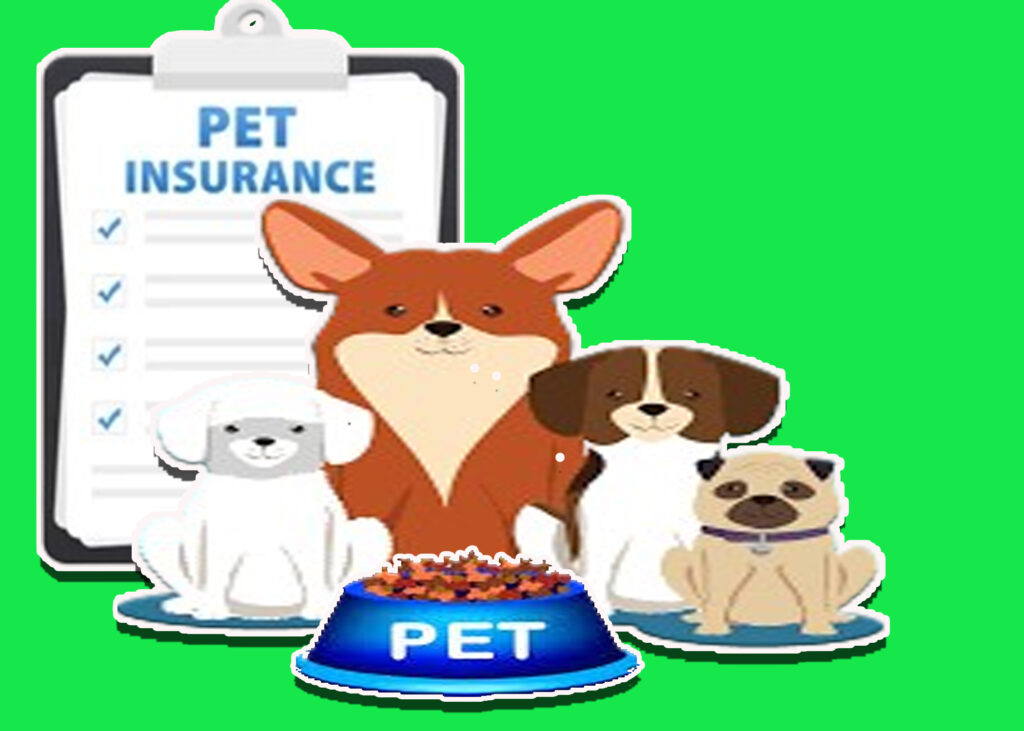Generally, most pet insurance can cover prescription food. This implies that while a few pet insurance can cover prescription food, other insurers do not. Additionally, pet-prescription food is suggested for health conditions because not all insurance providers cover it.

Your veterinarian might prescribe a detailed diet for your pet if they have therapeutic circumstances that have to be managed. Also, prescription pet food can be an important factor in your pet’s general care, but it can be very costly. Furthermore, pet insurance can or cannot cover the cost of prescription pet food depending on the provider.
What Is Pet Prescription Food
Any pet food that requires a prescription from your veterinarian to be purchased is considered prescription pet food. This meal contains particular nutrients to support the digestive system or inherited diseases of your pet. Also, pet food with specialized dietary demands, available in moist or dry forms, is expensive and recommended under veterinarian supervision, available from major suppliers.
How Does Pet Prescription Food Work
Generally, pet insurance comes in two categories: an accident-only plan and an accident-and-illness plan with wellness add-ons that pay for regular medical treatment. You will choose the preferred coverage level, deductible, and reimbursement percentage when you register your pet in a policy.
Moreover, you will be charged a monthly rate depending on these factors along with the age of your pet, since coverage is limited by age. Your insurance would kick in if your pet was sick or had an accident that meant they needed prescription food. Before the policy begins, there is a waiting period of a few days for all insurers.
If your veterinarian decides after this time that your pet has a secured condition, you will be responsible for covering the food cost and submitting a claim to your provider. Depending on the reimbursement option you choose, your provider will then pay you back somewhere between 70% and 90% of the cost of the meal.
What Is Classified Pet Prescription Food
Any food that a veterinarian recommends for your pet is considered a prescription food. Your veterinarian could recommend a meal with a specific nutritional value if your pet has a health issue that is influenced by diet. This food can be either wet or dry.
However, it is more costly than pet food that is not prescribed. It is advised that pet owners only use prescription food under the direction of a veterinarian because the nutritional composition is intended for specific ailments.
Prescription diet foods may be necessary for the following conditions:
- Diabetes causes bladder stones.
- Dental issues.
- Diabetes sensitivities
- Allergies to foods.
- Gastrointestinal problems.
- Heart conditions.
- Joint issues.
- Renal illness.
- Illness of the liver
- Recuperation after surgery.
- Weight-related problems.
Your veterinarian may prompt a prescription food for your pet for a long duration until their health progresses, or they may just do so temporarily.
How Much Does Pet Prescription Food Cost
Pet prescription food costs are decided by a few things. The affliction that your pet is handling, the kind of food, its quality, its estimated size, and its daily vitality necessities can all affect how much the pet’s prescription food costs. The average price per pound is between $4 and $8.
How to File a Pet Insurance Claim for Prescription Food
You should be able to submit a claim just as you would for any other approved therapy if prescription food coverage is included in your pet insurance policy as either a wellness add-on or part of the core coverage. The main steps are as follows; however, they may differ from one provider to another:
Ensure the records on your pet are current
To comprehend the rationale behind the therapy and decide if anything should be covered, pet insurance companies frequently want access to current veterinarian records. Your veterinarian might be able to email or fax these to the business in a digital format.
Examine the fine print
Check your insurance before buying pet food to be sure there aren’t any specific exclusions you should be aware of. Does your insurance, for example, mandate that you buy the food from your veterinarian?
Send in your assertion
Submit your claim using the platform or app of your provider, along with a copy of the therapeutic pet food receipt.
Await payment
Your pet insurance company will get in touch if they want further details. However, you can anticipate the price depending on the plan and reimbursement percentage shown by your coverage. If you do not pay for pet food, the expense will be sent into your deductible.
Also, be aware that some health policy offered by pet insurance providers presents prescription food. Therefore, the pet food expense could not be removed from your deductible. Furthermore, you should be cautious of any minimal annual cap on secured services that may apply to your health coverage.

